Dr. C.K. Ling leads Sinox to become a pioneer in TSA customs locks
2024-03-18
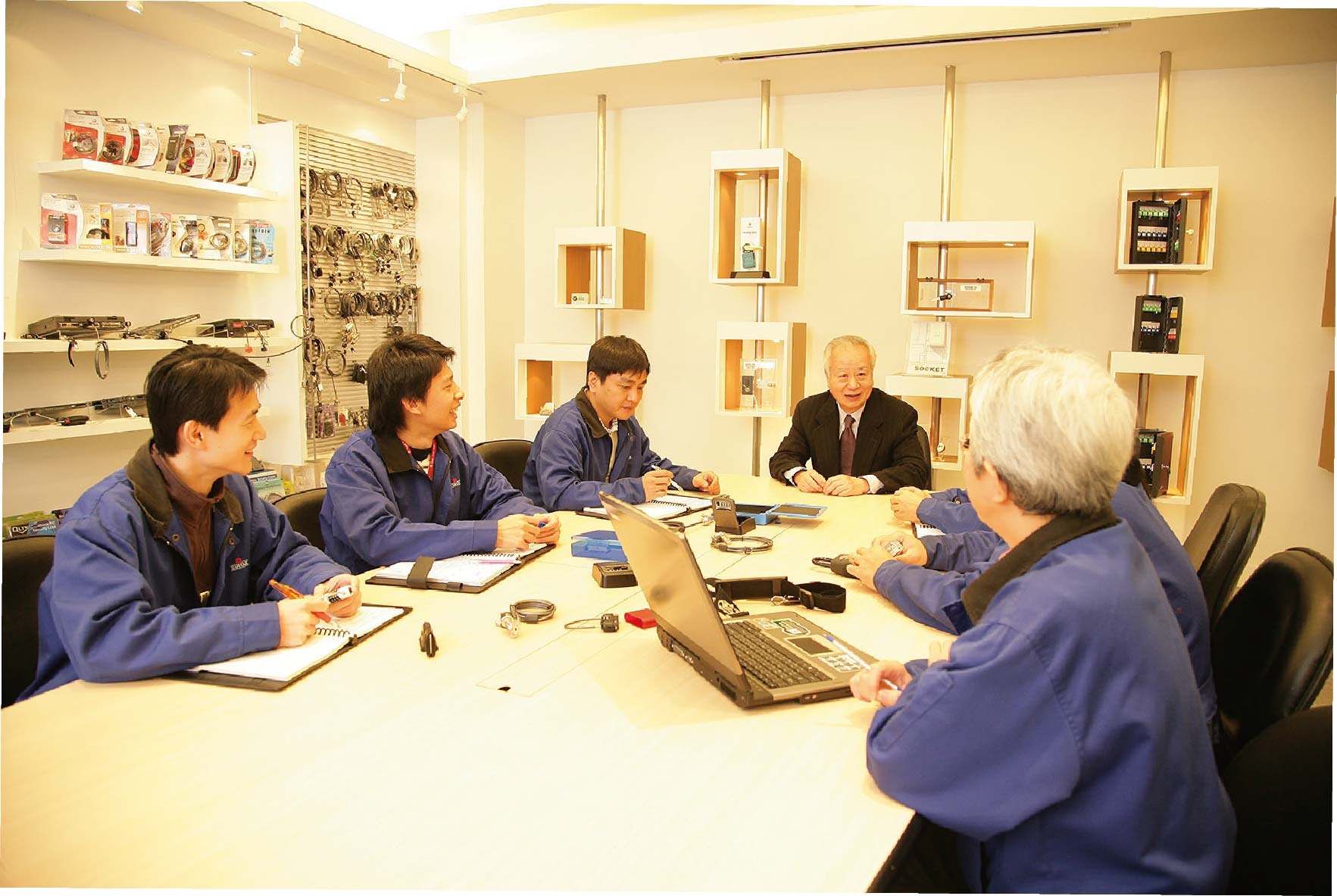

At that time, combination locks used on travel bags accounted for a significant portion of luggage locks. The post-9/11 aviation security measures restricted passengers from adding locks to their luggage for inspection purposes; even if locks were added, they would be cut off by customs officials. This measure led to a significant decline in the luggage lock market.
The history of luggage locks dates back more than thirty years. In the 1970s and 1980s, the popular James Bond films featured the iconic character often using combination dials to open leather attaché cases, revealing a variety of high-tech weapons. This portrayal sparked a trend among business professionals to use similar attaché cases as briefcases, combining style with intelligence. Taiwan, known for its affordable synthetic leather bags and inexpensive locks, marketed these products worldwide, contributing to the global popularity of the "007 attaché case" trend. As a result, the production and variety of combination locks saw a significant increase. It is estimated that during the peak of the trend in the 1980s, Taiwan exported over a million attaché cases monthly, corresponding to production volumes of several million combination locks.
At that time, Taiwan's hardware manufacturing technology was still in its infancy, and the combination lock industry primarily relied on imitations of European and American products. One of the main targets for imitation was Presto locks, a century-old American manufacturer known for its simple design and low manufacturing threshold.
With a background in mechanical engineering, Dr. C.K. Ling conceived the idea of developing patented locks. He personally drew design plans and in 1979, he developed the CL-1000. Subsequently, the CL-2000 was introduced, marking the first successful application for a patent for a "Taiwanese-made combination lock" in Taiwan and the United States. Although the combination locks produced with the technology available at the time were of poor quality and expensive, having a patent allowed for secure exports to the United States, thus providing an opportunity for corporate growth. The subsequent CL series combination locks have been in use worldwide for over twenty years, and the CL-2000, with its patent, earned Taiwan the reputation of being the "kingdom of attache cases".
The incidents of locks being cut by US customs have continuously led to complaints from travelers, causing serious issues such as theft of valuable luggage due to the locks being cut off. More importantly, this has seriously infringed upon the rights of travelers. Therefore, the Transportation Security Administration (TSA), under the jurisdiction of the US Department of Homeland Security, has been studying win-win lock strategies. It wasn't until 2002 that they began hosting seminars on lock-related matters.
"How to achieve a win-win situation? How to address both US national security defense and the rights of travelers? It wasn't until Travel Sentry organization proposed the concept of a 'dual-lock ' during the seminar that there seemed to be some breakthrough on this issue."
Travel Sentry organization proposed the concept of a 'dual-lock ' during the seminar that there seemed to be some breakthrough on this issue." Travel Sentry is a travel security organization established by a professional who once worked for the US Department of Transportation. The creative idea of the "dual-lock " proposed by Travel Sentry inadvertently guided the global lock industry to research this issue. "It can also be said that under globalization, the unlimited expansion of creativity has also connected to a new turning point and new development for Sinox," said Dr. C.K Ling .
The Transportation Security Administration (TSA) in the United States has established regulations for TSA locks to ensure aviation travel security. In simple terms, these locks can be freely opened and closed by the user, as well as by customs inspection personnel. For the lock industry, the original simple combination locks can be modified into dual-core locks. On one side, users can turn the combination to operate the lock's opening and closing themselves, while on the other side, it remains accessible to US TSA baggage inspectors. They can use specific keys to open the luggage for inspection and then lock it back up. This ensures that luggage can be checked as usual without concern about the lock being damaged or the luggage being opened and stolen.
Therefore, the Transportation Security Administration (TSA) in the United States began promoting the use of TSA locks for inbound luggage starting in January 2003. The first wave involved inviting five lock manufacturing companies to develop locks based on the TSA concept. After the rules for TSA locks were announced, lock manufacturers began developing their own lock designs. Senior design engineer Wu Junsheng, from Sinox's research and development department, led a team to expedite the process. They worked on drafting design drawings and modifying the lock cores while simultaneously engaging a patent firm to monitor the progress of the US patent application. Additionally, the Intellectual Property Rights (IPR) team, responsible for legal issues regarding intellectual property rights, promptly joined the project team to address legal concerns.
With a strong emphasis on research and development, Dr. C.K. Ling expanded the industrial design department in 2003 to adapt to the changing market dynamics. He stated that having an industrial design team within traditional lock manufacturing factories worldwide was quite rare, especially when addressing strategic shifts, which presented significant challenges. Fortunately, due to his focus on nurturing research and development talent, the cultivated team was able to overcome the challenges of transition.
Whenever a new product emerges, it naturally attracts competition and imitation from various quarters, bringing intellectual property issues to the forefront. Sinox holds hundreds of patents for combination locks, and Dr. C.K Ling, based on his experience, understood the importance of the TSA lock patent. Through concerted efforts, in February 2007, the United States Patent and Trademark Office (USPTO) issued a patent certificate to Sinox. Sinox thus became a pioneer in TSA customs locks, demonstrating an innovative and adaptable spirit in response to the changing times.

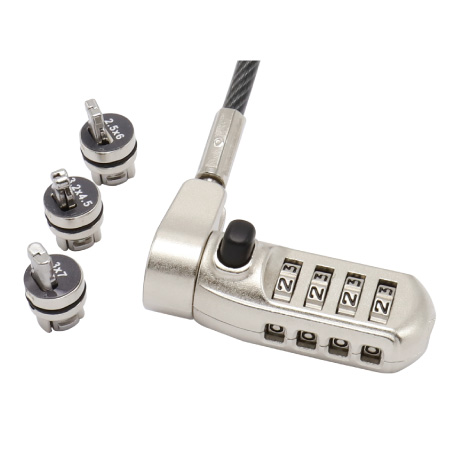
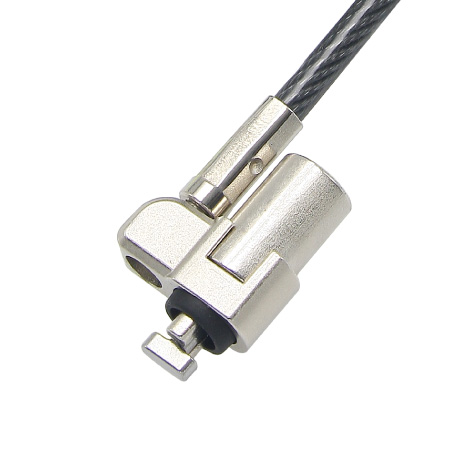
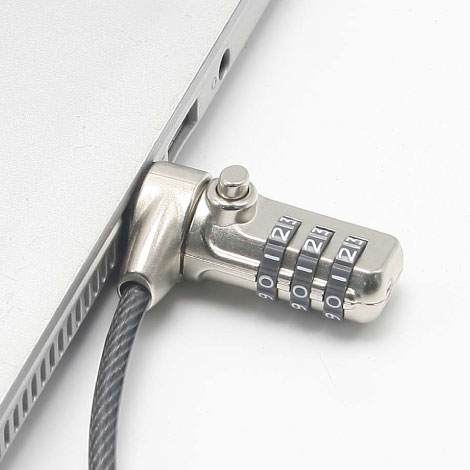
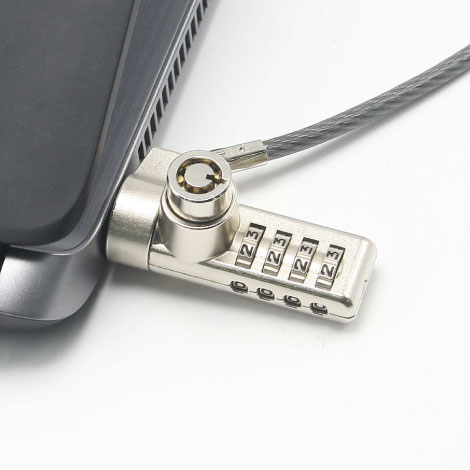

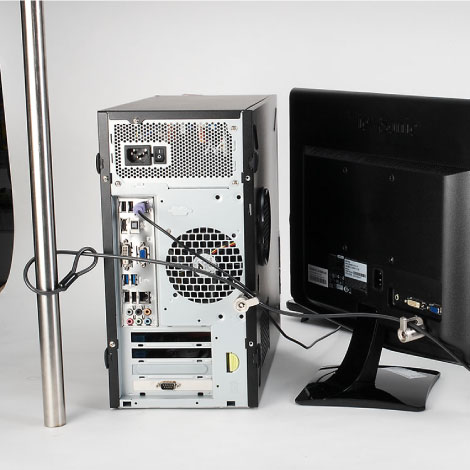
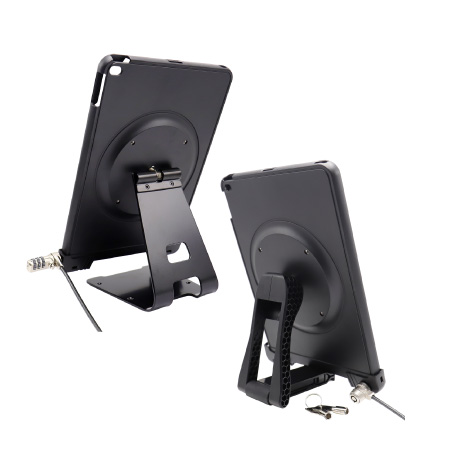
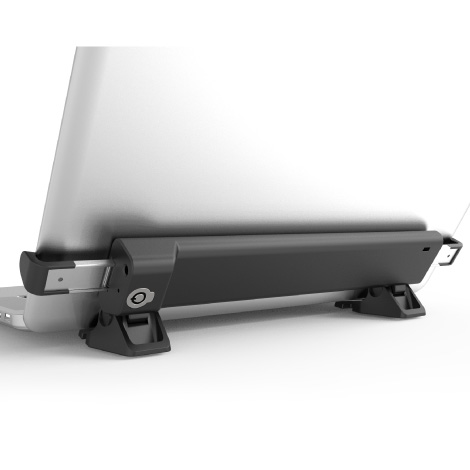
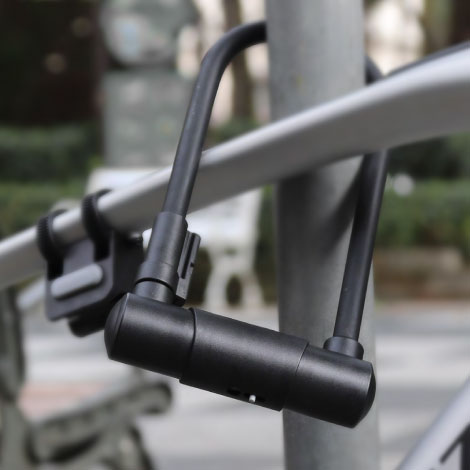
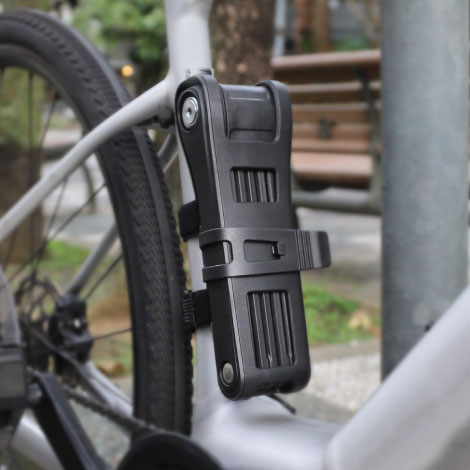
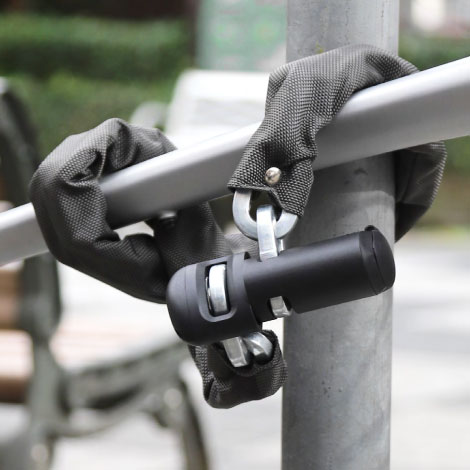
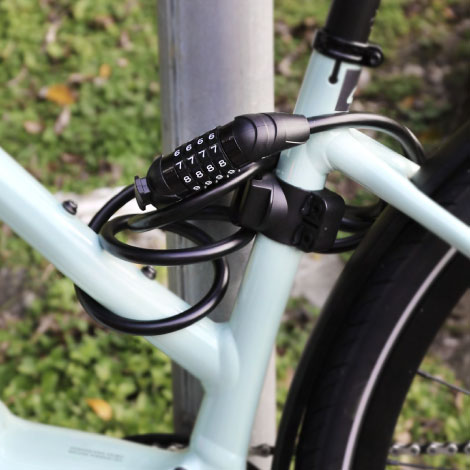
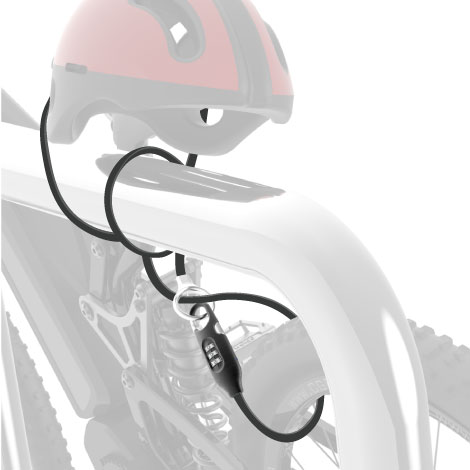
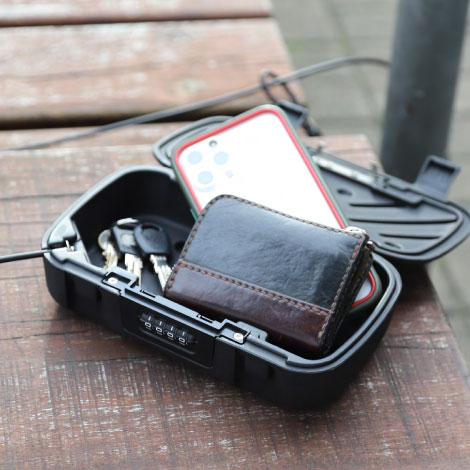
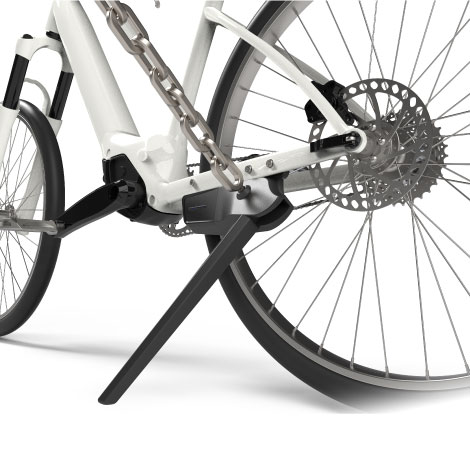
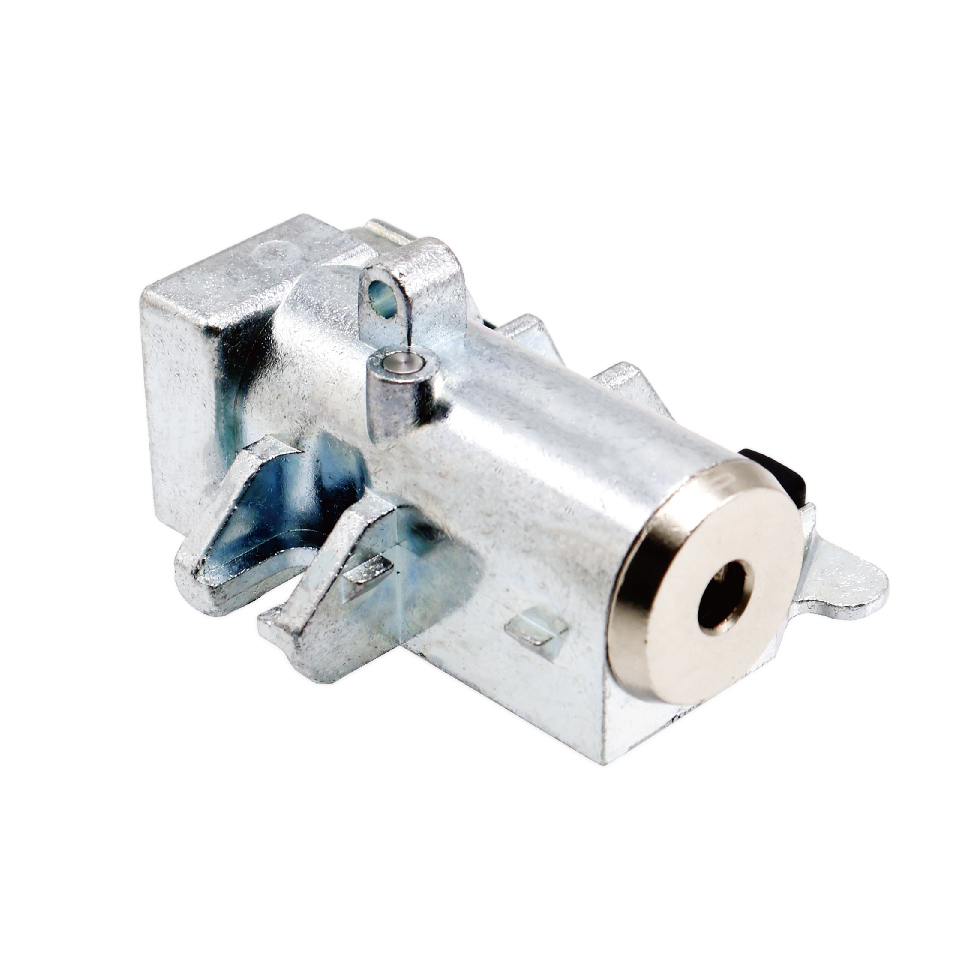
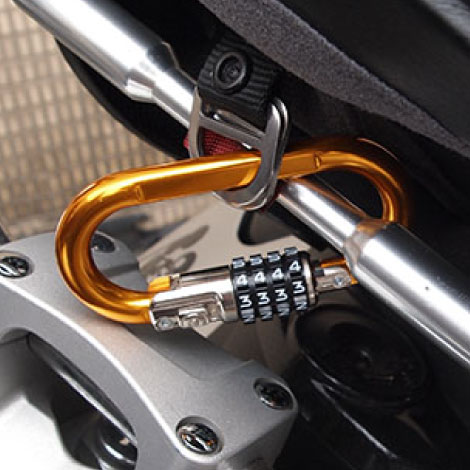
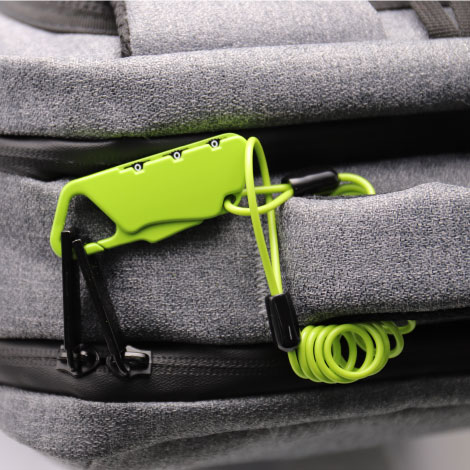
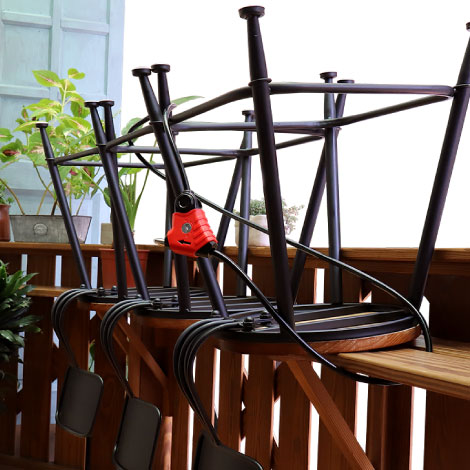
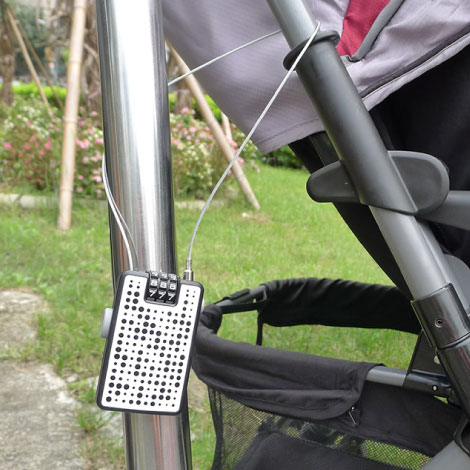
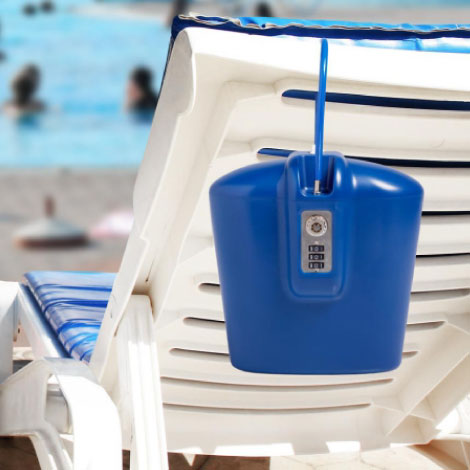
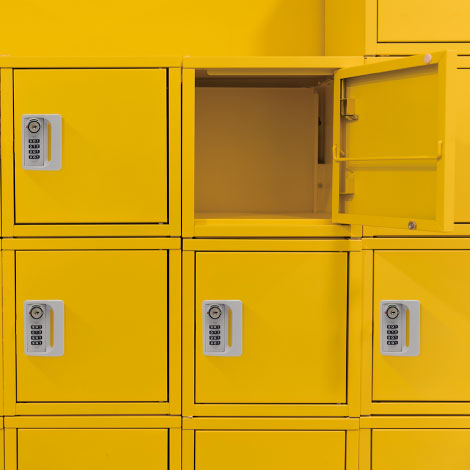
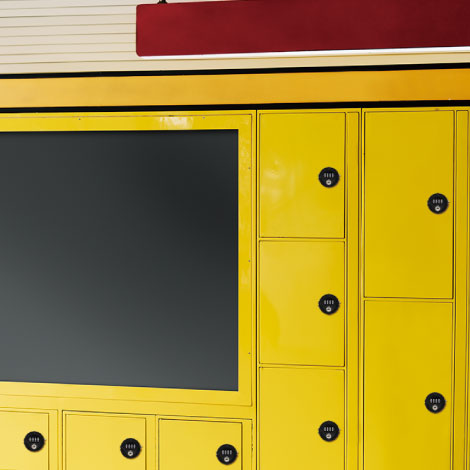
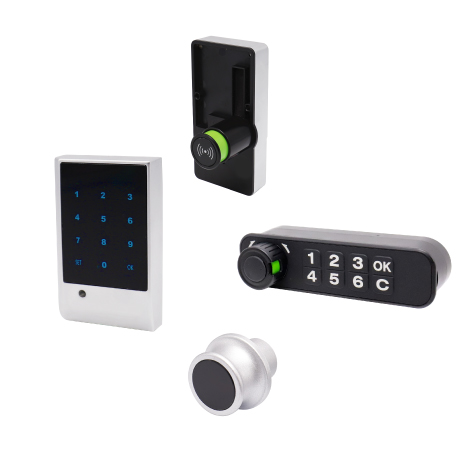

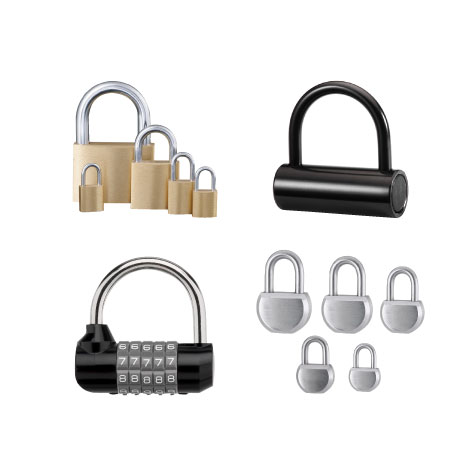
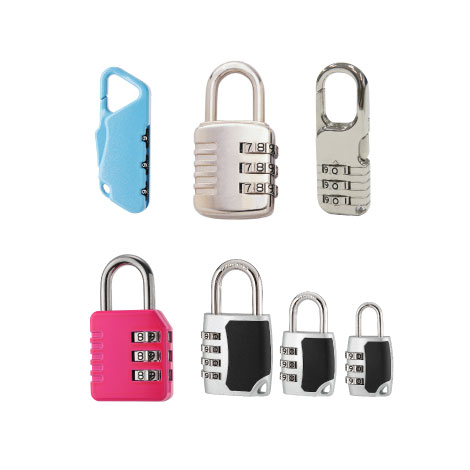
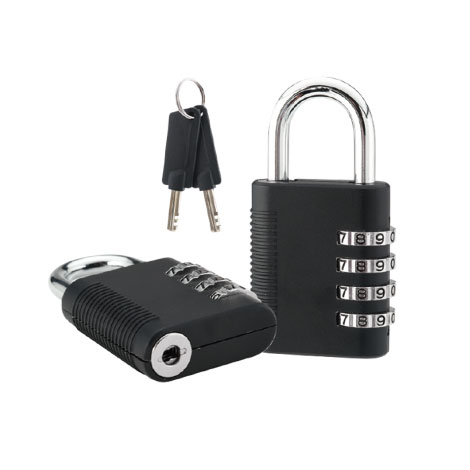
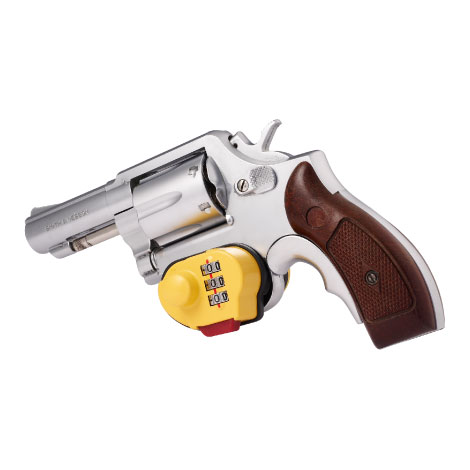
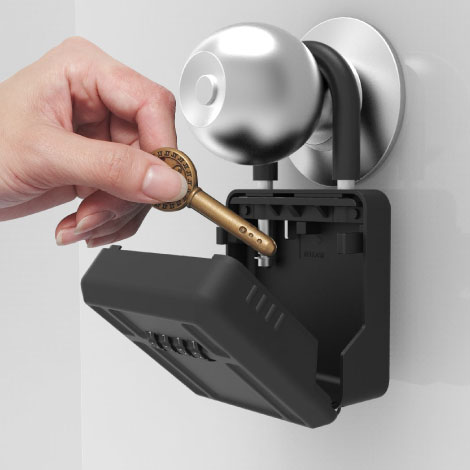
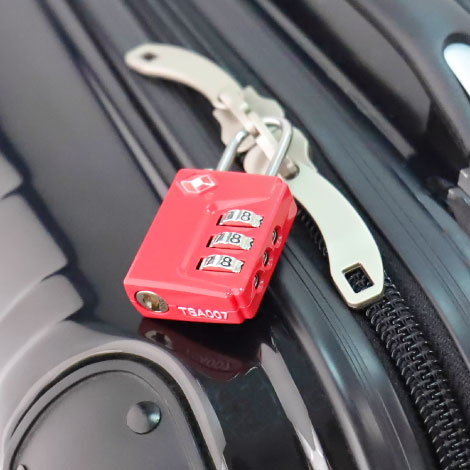
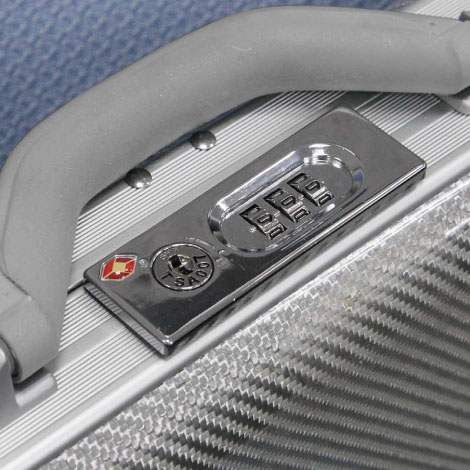
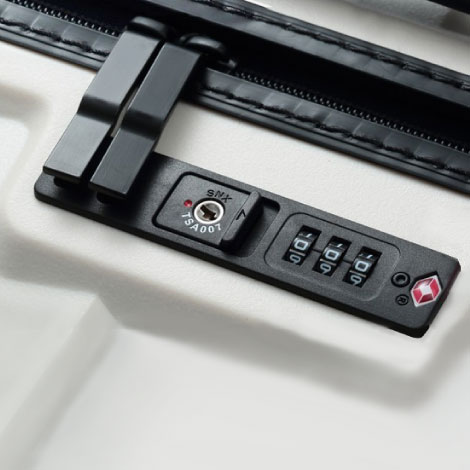
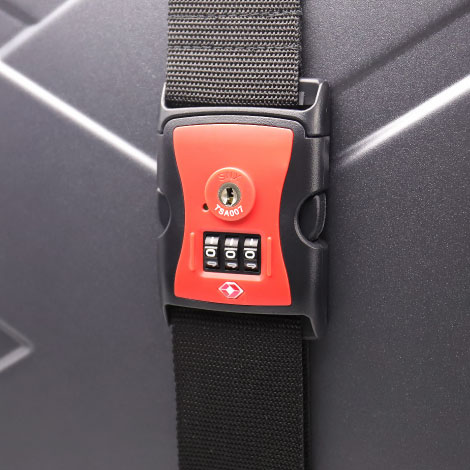
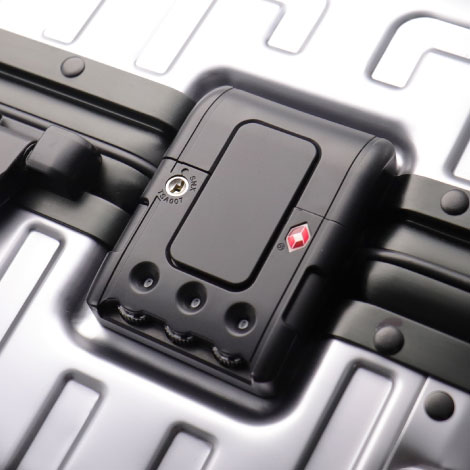

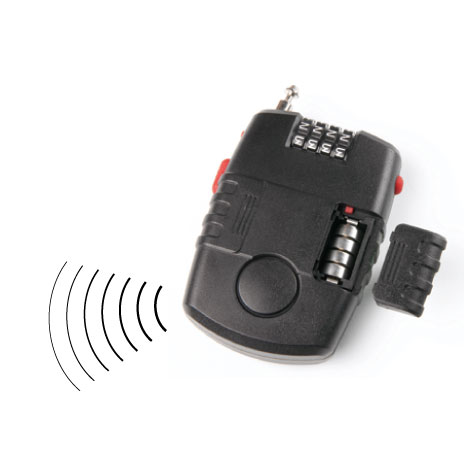
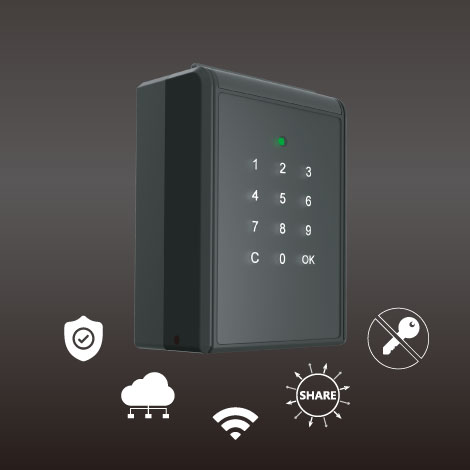
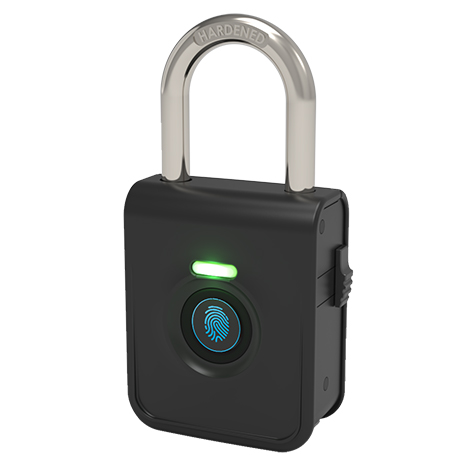
 English
English 繁體中文
繁體中文 简体中文
简体中文